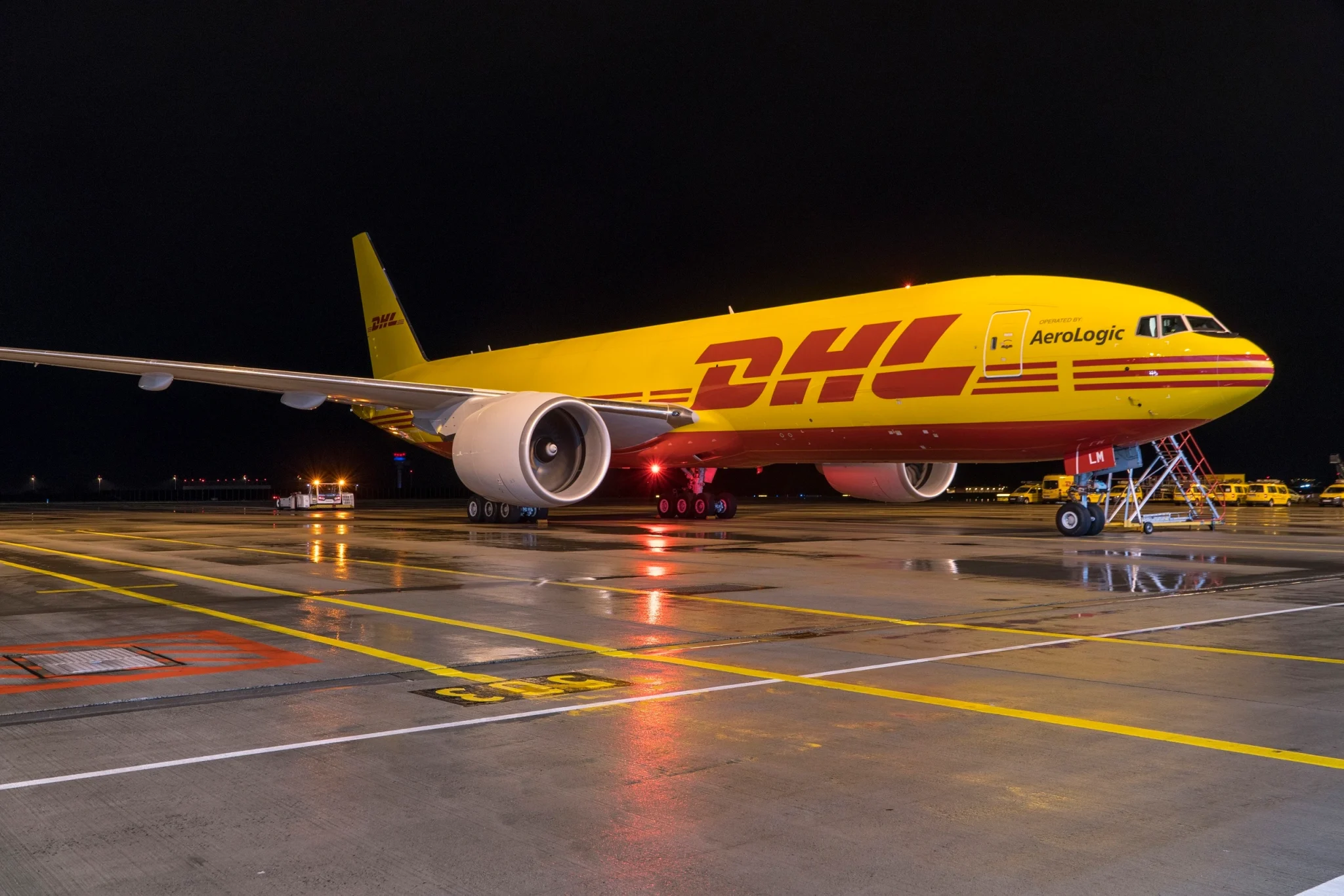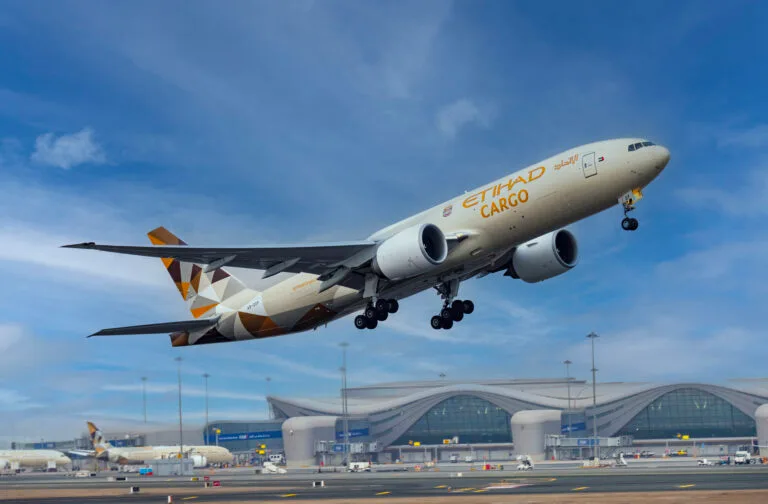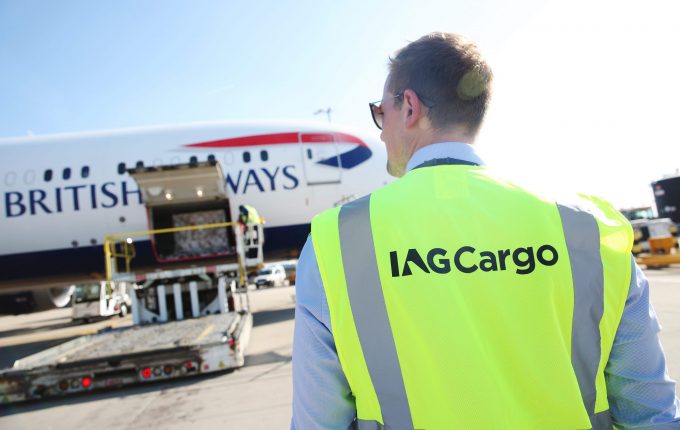Expanding its extensive air network, UPS has nearly doubled its air freight capacity between Delhi and its European Air Hub in Cologne, Germany, to meet growing export demand from Indian businesses.
Using a Boeing 747-8, businesses in key sectors such as automotive, industrial manufacturing, retail, and healthcare, now benefit from increased air cargo capacity and enhanced connectivity to UPS’s global network.
The flight also facilitates connections from Europe to the United States, where UPS maintains the most extensive network of any logistics provider. Driven by strategic policy initiatives, increased competitiveness, and expanded market access, India’s exports hit record levels in 2024 — particularly to its largest export market, the United States.
In Europe, Indian businesses will benefit from stronger links to their key markets through UPS’s leading ground network. By offering Saturday Standard delivery for residential packages without an additional charge across eight major markets, UPS provides Indian exporters with a distinct competitive edge.
“Across Europe and worldwide, there is growing demand for high-quality goods from India from a range of sectors. This expansion of our global air network will create new opportunities for European consumers, as well as for Indian businesses looking to export,” said Daniel Carrera, President, UPS Europe, Middle East, Africa & India.
India’s trade in goods with Europe totaled USD 137.41 billion in 2023-24, making it the country’s largest trading partner. The expansion also comes as India and the UK have agreed a landmark trade agreement.

UPS’s international network is also supported by MOVIN and its expansive domestic delivery network in India. MOVIN, a joint venture between UPS and InterGlobe Enterprises, helps Indian businesses of all sizes by providing reliable delivery services that meet customer expectations quickly and efficiently. MOVIN’s growing network in Tier 2 and Tier 3 cities allows small and medium businesses anywhere in the country to reach new markets.
“This additional flight allows us to give Indian businesses of all sizes and industries the fast and reliable service to help them grow and stay competitive. Thanks to our investments we can make logistics a competitive advantage, offering unmatched choice, convenience, and control,” said Grégory Goba-Blé, Head of UPS India and Director MOVIN Express.
UPS has made substantial investments in its capabilities and operations in India to support rising demand. This includes the expansion of the Delhi gateway, nearly doubling processing capacity and enabling later pick-up cut-off times and improved service reliability. Additional enhancements include an expanded gateway in Bengaluru and a new temperature-controlled cross-dock facility in Hyderabad dedicated to more efficiently distribute healthcare shipments.
UPS has also introduced services such as UPS Global Checkout, simplifying cross-border e-commerce, and UPS Premier, designed for time-and temperature-sensitive healthcare shipments. The company further strengthened its presence with the launch of its first technology center in Chennai.
“We welcome this new capacity at Delhi Airport and are proud to support UPS in delivering vital global connections for Indian businesses to Europe, the United States, and beyond,” said Sanjiv Edward, CEO, GMR Cargo.
similar news















